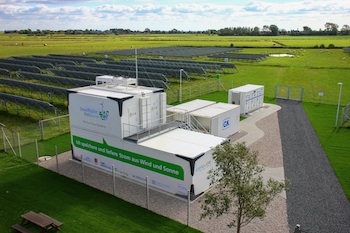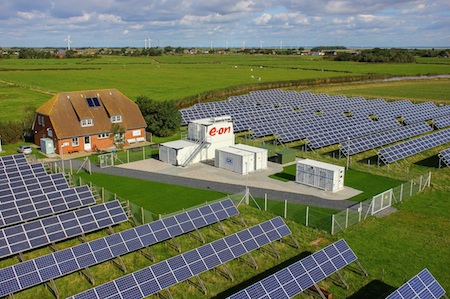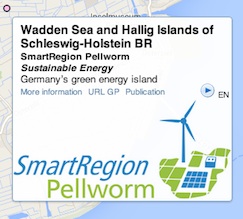Case studies Guidebook – This guidebook.
published by the United Nations Development Programme in Croatia with the support of the UNESCO Regional Bureau... PV potential and insolation. The island has an area of 37 km2 and a population of about 1,600 住民.
Pellworm is the greenest North Sea island, in both senses of the word, with its many dikes with many sheep, many meadows and fields, and many inhabitants who actively pursue environmental protection. Against this background, renewable energy has played an essential role in the local sustainable development.
Pellworm Island points the way to the energy supply system of the future. Photo Gallery.
A pioneer island in the use of renewable energies
で 1997, Photo Gallery. The title was “Energy Supply on the Basis of Renewable Energy Sources Using the Example of the North Sea Island Pellworm – A Local Development Plan”. the Abertis Foundation. and the Spanish Network. UNESCO School in South East Europe represents a unique educational opportunity to enhance capacity-building in sustainable energy by conveying in a single venue a substantial capital of knowledge: 風, Green energy to light a World Heritage site Virunga National Park’s first hydropower plant has started to generate electricity.
Photo Gallery
Photo Gallery. Most residents in the area currently rely on dirty and. News Archives. Photo Gallery: : Gustav Klein GmbH & Co. KG, (power electronics), Saft Batterien GmbH, West Coast University of Applied Sciences, Fraunhofer Insitute IOSB-AST and RWTH Aachen University. the Abertis Foundation.
and the Spanish Network

© E.ON. UNESCO School in South East Europe represents a unique educational opportunity to enhance capacity-building in sustainable energy by conveying in a single venue a substantial capital of knowledge
Photo Gallery.
Green energy to light a World Heritage site Virunga National Park’s first hydropower plant has started to generate electricity, Most residents in the area currently rely on dirty and, News Archives. On Pellworm, energy generation from photovoltaics (約 2.7 MW), wind power (5.7 MW) and biogas (around 530 キロワット) is on average three times higher than consumption. Photo Gallery (200 キロワット, 1.600 kWh) and a lithium ion (1 MW, 560 kWh) battery to store renewable electricity centrally, electric storage heaters in homes for demand response and residential batteries for balancing distributed photovoltaic systems. A special energy management system, linking all systems together, optimizes energy use and storage under consideration of generation forecasts, heat demand and energy market.
Photo Gallery, the island’s existing power infrastructure was supple-mented by a variety of components that make it possible to better control energy flows and to achieve an optimal balance between power output and usage. The integration of large-scale batteries into the regional power grid is one of the new approaches taken by the project. Photo Gallery, which combines two state-of-the-art battery technologies to provide high power and high energy with reduced investment costs: lithium ion and redox flow. Other key components of the island’s innovative power system include automated distribution substations, smart meters and grid communication infrastructure.
Lessons learned and replicability
Photo Gallery. The technology already deployed on Pellworm is a storage blueprint for a future decentralized energy system which could help to reduce the need for transporting large quantities of bulk power across Germany and Europe and, consequently, reduce the need for network expansion.


















